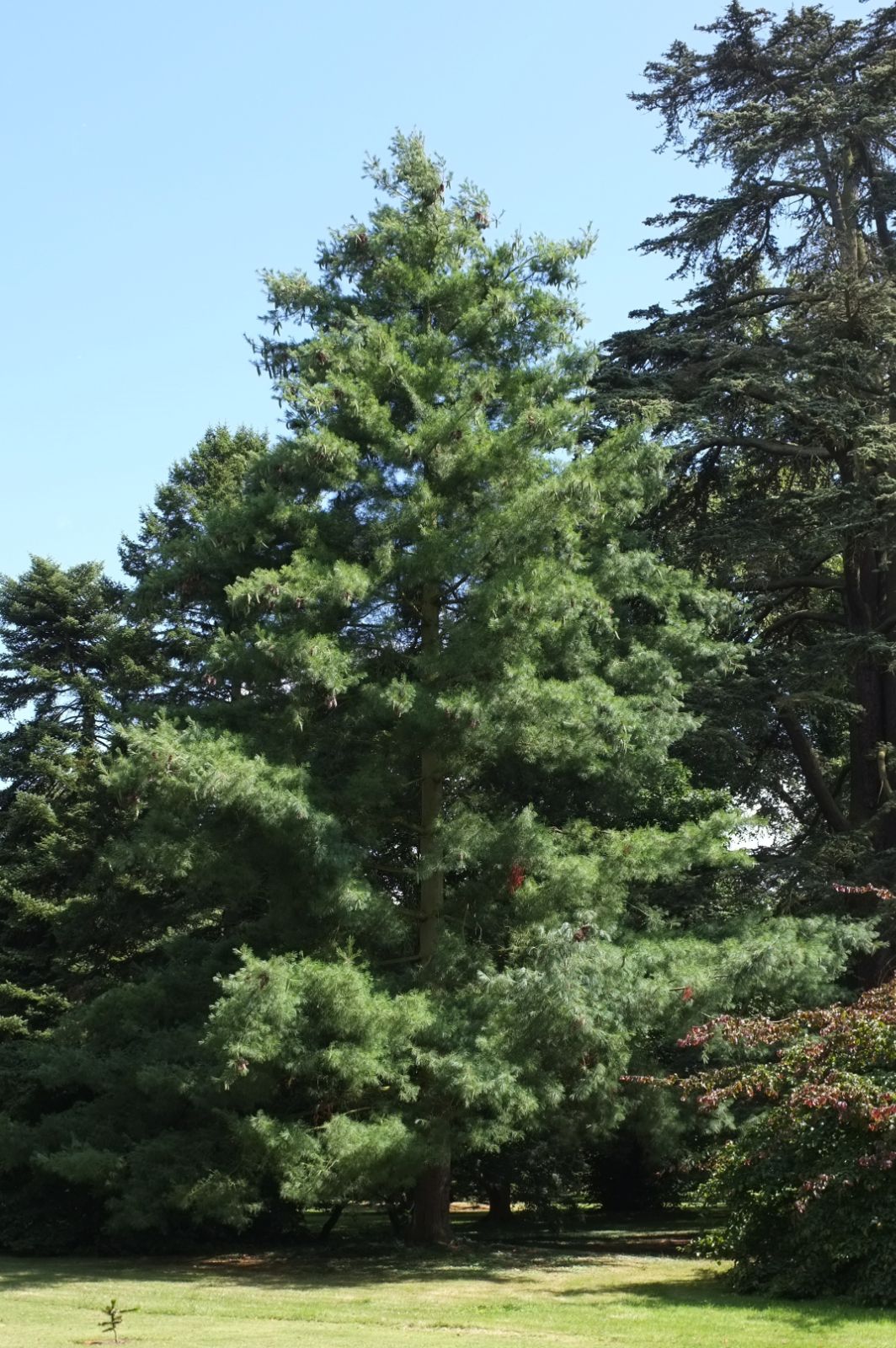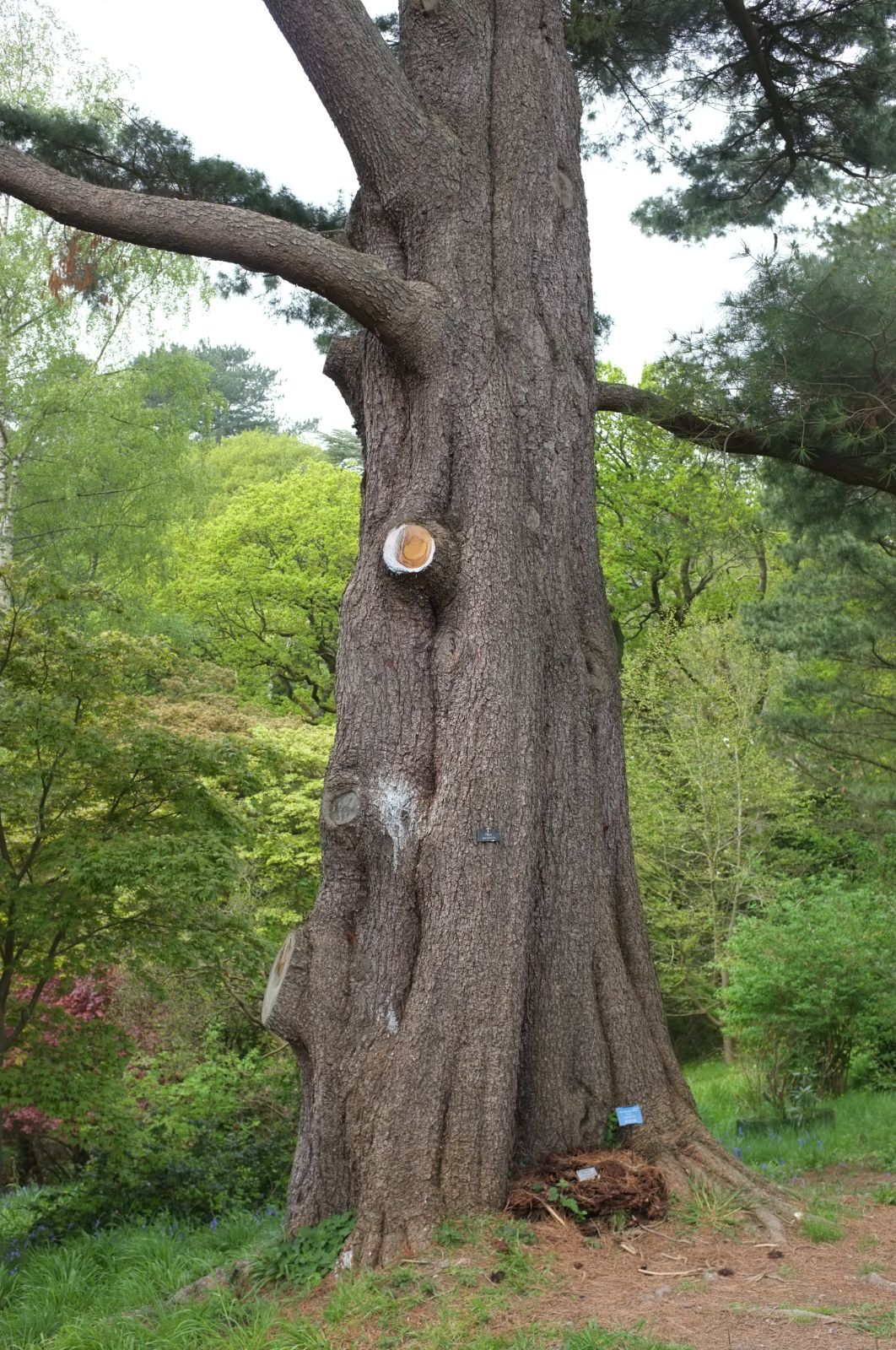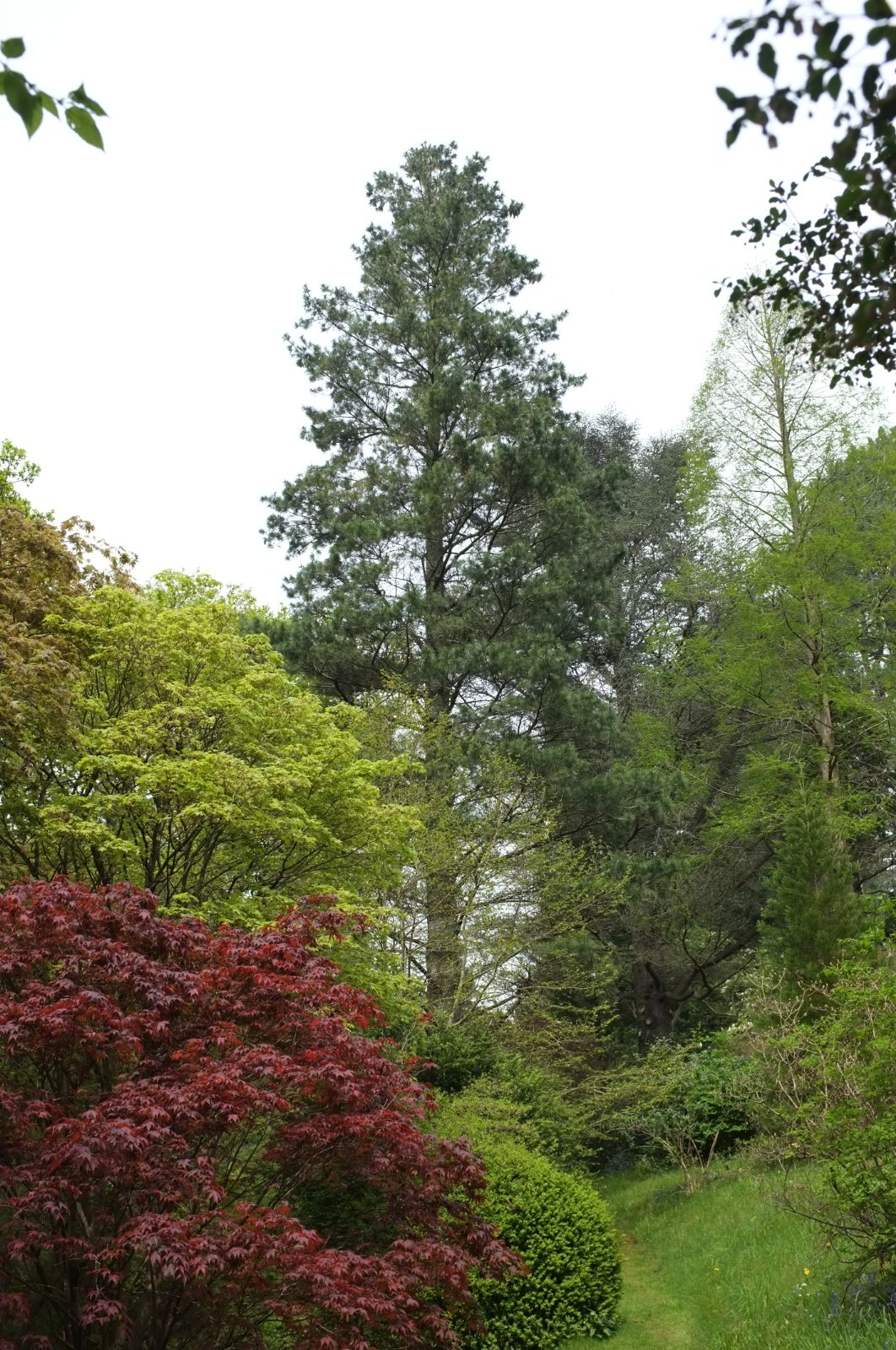Pinus ayacahuite
Credits
Article from Bean's Trees and Shrubs Hardy in the British Isles
Recommended citation
'Pinus ayacahuite' from the website Trees and Shrubs Online (treesandshrubsonline.
Genus
Common Names
- Mexican White Pine
Infraspecifics
Other taxa in genus
- Pinus albicaulis
- Pinus arizonica
- Pinus armandii
- Pinus attenuata
- Pinus balfouriana
- Pinus banksiana
- Pinus bhutanica
- Pinus brutia
- Pinus bungeana
- Pinus canariensis
- Pinus cembra
- Pinus cembroides
- Pinus chiapensis
- Pinus contorta
- Pinus coulteri
- Pinus culminicola
- Pinus densata
- Pinus densiflora
- Pinus devoniana
- Pinus durangensis
- Pinus echinata
- Pinus edulis
- Pinus elliottii
- Pinus engelmannii
- Pinus eremitana
- Pinus flexilis
- Pinus gerardiana
- Pinus greggii
- Pinus × hakkodensis
- Pinus halepensis
- Pinus hartwegii
- Pinus heldreichii
- Pinus henryi
- Pinus × holfordiana
- Pinus hwangshanensis
- Pinus jeffreyi
- Pinus johannis
- Pinus koraiensis
- Pinus lambertiana
- Pinus leiophylla
- Pinus longaeva
- Pinus massoniana
- Pinus maximartinezii
- Pinus monophylla
- Pinus montezumae
- Pinus monticola
- Pinus morrisonicola
- Pinus mugo
- Pinus muricata
- Pinus nelsonii
- Pinus nigra
- Pinus oocarpa
- Pinus orizabensis
- Pinus palustris
- Pinus parviflora
- Pinus patula
- Pinus peuce
- Pinus pinaster
- Pinus pinceana
- Pinus pinea
- Pinus ponderosa
- Pinus pseudostrobus
- Pinus pumila
- Pinus pungens
- Pinus quadrifolia
- Pinus radiata
- Pinus remota
- Pinus resinosa
- Pinus rigida
- Pinus roxburghii
- Pinus sabiniana
- Pinus serotina
- Pinus sibirica
- Pinus strobiformis
- Pinus strobus
- Pinus sylvestris
- Pinus tabuliformis
- Pinus taeda
- Pinus taiwanensis
- Pinus teocote
- Pinus thunbergii
- Pinus torreyana
- Pinus virginiana
- Pinus wallichiana
- Pinus wangii
- Pinus yunnanensis
A tree attaining 100 ft or slightly more in the wild; trunk grey, smooth on young trees, becoming shallowly furrowed and reddish brown with age; terminal buds brown, resinous, about 1⁄2 in. long, the scales with free, acuminate tips. Young branchlets usually covered with a short, brown down. Leaves in fives, very slender, falling the third year, 4 to 7 in. long, three-sided, the outer side green, the two inner surfaces each with three or four white lines of stomata, margins toothed; leaf-sheaths 3⁄4 in. long, soon falling away. Cones 6 to 12 in. long, 1 to 21⁄2 in. wide before expanding, cylindrical, with a tapered, slightly curved apex; they are pendulous, shortly stalked, and borne in twos or threes, or sometimes singly; scales about 1 in. wide, with a blunt, resinous, sometimes reflexed apex, but the basal scales always strongly reflexed. Seeds with a relatively narrow wing 1 in. or even more long, the body of the seed about 3⁄8 in. long.
Native of Guatemala and of southern and central Mexico, from 8,000 to 10,000 ft, in sheltered valleys or on the slopes of the moister mountain ranges, where even in the dry season there is frequent low cloud and drizzle. It was introduced to Britain by Hartweg, who sent cones to the Horticultural Society from Guatemala in 1840. But the existing trees probably all derive from later introductions and some belong to the following variety:
From the Supplement (Vol. V)
specimens: Kew, pl. 1873, 54 × 31⁄2 ft (1974) and, pl. 1904, 53 × 43⁄4 ft (1972); R.H.S. Garden, Wisley, Surrey, Pinetum, 82 × 8 ft (1983); Dropmore, Bucks., pl. 1912, 88 × 71⁄4 ft (1982); Little Kingsmill Grange, Bucks., in Priestwood (Harewood), pl. 1929, 62 × 53⁄4 ft (1983); Stratford Park, Stroud, Glos., 72 × 63⁄4 ft (1984); Bicton, Devon, 98 × 81⁄2 ft, disbranched to 88 ft (1983) and 69 × 9 ft (1977); Tregrehan, Cornwall, 94 × 63⁄4 ft (1979); Bodnant, Gwyn., pl. 1902, 82 × 111⁄4 ft and 95 × 103⁄4 ft (1984).
[var. brachyptera] – This is certainly a distinct species – P. strobiformis Engelm. It is not confined to Mexico, having a fairly wide range in the mountains of the south-western USA.
var. brachyptera Shaw
Synonyms
P. strobiformis Engelm



